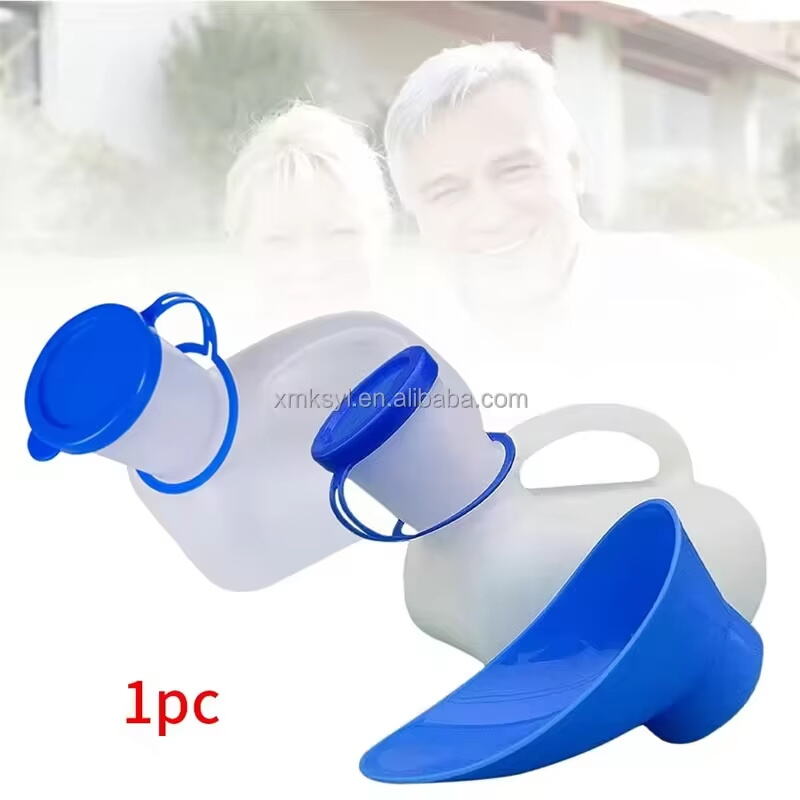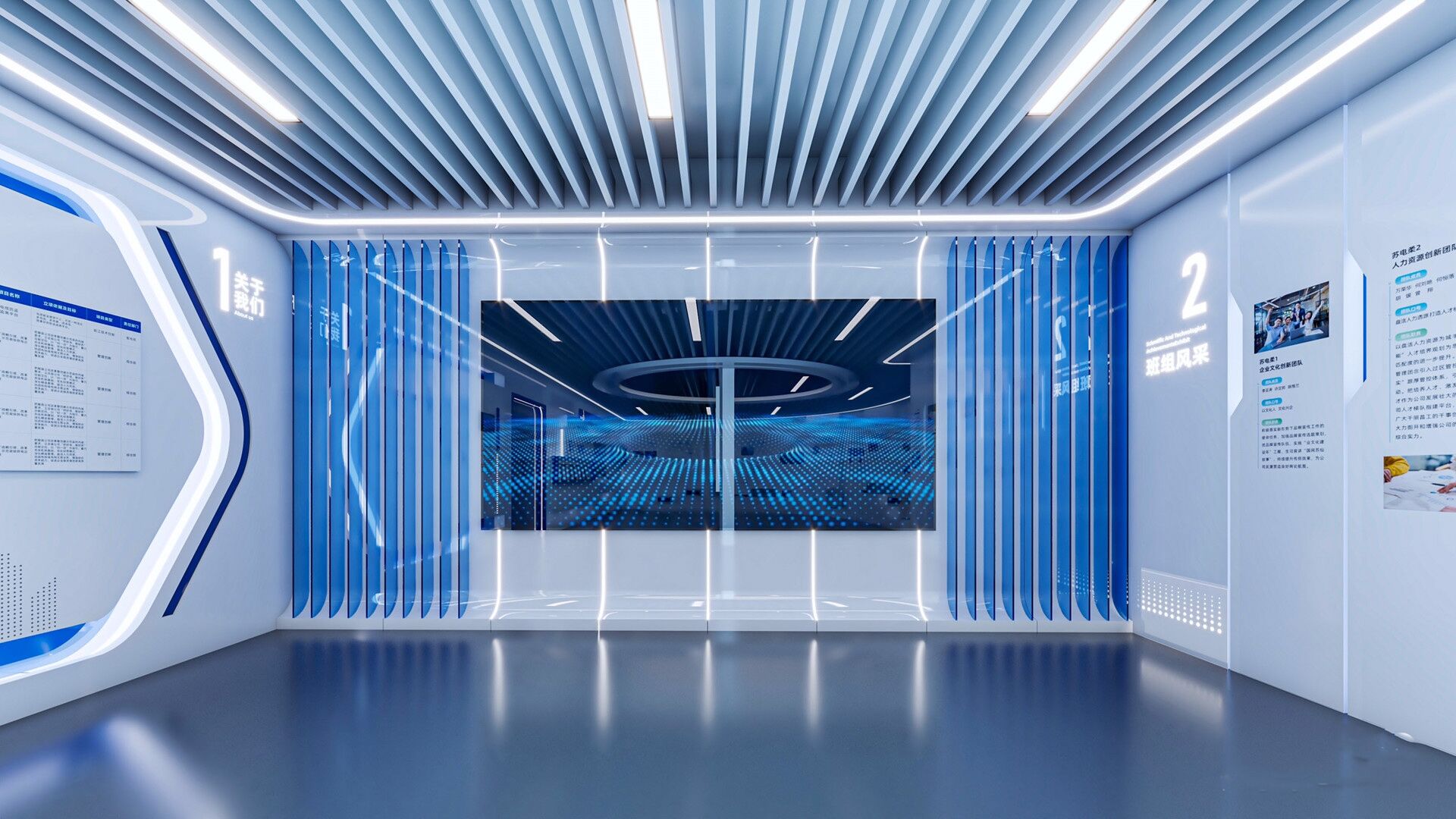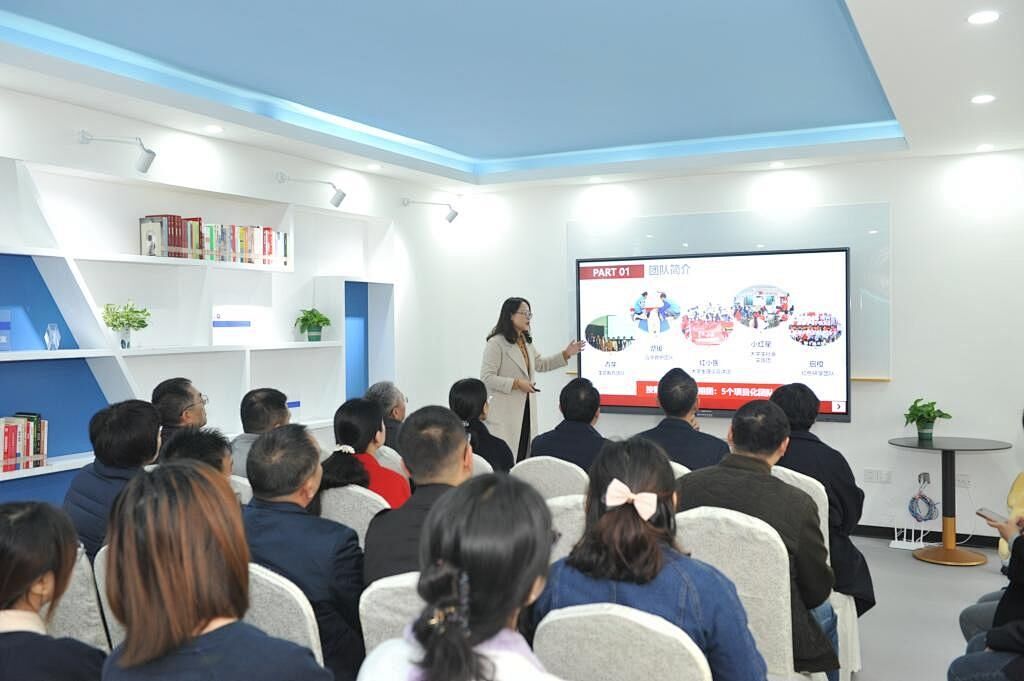संकट प्रतिक्रिया में प्लास्टिक स्वच्छता समाधानों के उदय की समझ
पिछले दशक में आपातकालीन प्रतिक्रिया और अस्थायी सुविधा प्रबंधन के दृष्टिकोण में काफी विकास हुआ है, जिसमें प्लास्टिक के पेशाब आपातकालीन स्वच्छता आवश्यकताओं को पूरा करने में एक महत्वपूर्ण घटक के रूप में उभर रहा है। ये हल्के, पोर्टेबल समाधानों ने संगठनों के अस्थायी शौचालय सुविधाओं के सामने कैसे संभालते हैं, को बदलकर रख दिया है, आपदा राहत क्षेत्रों से लेकर बड़े पैमाने पर बाहरी कार्यक्रमों तक। प्लास्टिक के यूरिनल्स की बढ़ती पसंद अधिक व्यावहारिक, लागत प्रभावी और अनुकूलनीय स्वच्छता समाधानों की ओर एक स्थानांतरण का प्रतिनिधित्व करती है।
जैसे-जैसे दुनिया भर में समुदाय प्राकृतिक आपदाओं, मानवीय संकटों और तेजी से तैनात करने योग्य बुनियादी ढांचे की आवश्यकताओं से निपट रहे हैं, प्लास्टिक के यूरिनल्स एक अमूल्य संसाधन बन गए हैं। परंपरागत स्थायी सुविधाएं या तो अव्यावहारिक या स्थापित करना असंभव हैं, ऐसी स्थितियों में उनकी बहुमुखी प्रतिभा और दक्षता विशेष रूप से मूल्यवान है।
प्लास्टिक के यूरिनल प्रणाली के प्रमुख लाभ
गतिशीलता और परिवहन लाभ
प्लास्टिक के मूत्रालयों की हल्की प्रकृति उन्हें आपातकालीन स्थितियों में ले जाने और तैनात करने के लिए अत्यधिक सुगम बनाती है। पारंपरिक पोर्सिलीन उपकरणों के विपरीत, इन इकाइयों को राहत वाहनों पर त्वरित रूप से लोड किया जा सकता है और प्रभावित क्षेत्रों में भारी मशीनरी या विशेष हैंडलिंग उपकरणों की आवश्यकता के बिना वितरित किया जा सकता है। समय के अनुसार संचालन में, जहां प्रत्येक मिनट महत्वपूर्ण होता है, इस गतिशीलता कारक बहुत महत्वपूर्ण हो जाता है।
प्लास्टिक के मूत्रालयों के हल्के वजन और स्टैक करने योग्य डिज़ाइन के कारण परिवहन लागत में काफी कमी आती है। राहत संगठन प्रत्येक शिपमेंट में अधिक इकाइयों को फिट करके अपने संसाधनों के आवंटन को अधिकतम कर सकते हैं, जिससे अधिक लोगों तक सेवा पहुंचाई जा सके और लागत दक्षता बनी रहे।
स्थायित्व और रखरखाव की मान्यताएँ
आधुनिक प्लास्टिक के मूत्रालयों को उच्च-गुणवत्ता वाली सामग्री से तैयार किया जाता है जो प्रभाव, रसायनों और चरम मौसमी परिस्थितियों का विरोध करते हैं। यह स्थायित्व सुनिश्चित करता है कि वे कठिन वातावरण में भी कार्यात्मक बने रहें, जमाव तापमान से लेकर तीव्र गर्मी तक। इन इकाइयों की गैर-छिद्रपूर्ण सतह जीवाणुओं की वृद्धि को रोकती है और पारंपरिक सामग्रियों की तुलना में उन्हें सैनिटाइज़ करना आसान बनाती है।
रखरखाव आवश्यकताएं न्यूनतम हैं, साधारण सफाई प्रोटोकॉल के साथ जिन्हें गैर-विशेषज्ञ कर्मचारियों द्वारा भी आसानी से निष्पादित किया जा सकता है। प्लास्टिक के मूत्रालयों में उपयोग की जाने वाली सामग्री सामान्य सफाई एजेंटों के प्रति प्रतिरोधी होती है, जिससे इकाई की सतह को नुकसान या क्षरण के जोखिम के बिना गहन सैनिटाइज़ेशन की अनुमति मिलती है।
लागत प्रभावशीलता और आर्थिक प्रभाव
प्रारंभिक निवेश विश्लेषण
अस्थायी सुविधाओं के लिए प्लास्टिक के मूत्रालय के विकल्प के वित्तीय लाभ केवल प्रारंभिक खरीद मूल्य से आगे तक फैले होते हैं। ये इकाइयाँ अपने पोर्सिलीन समकक्षों की तुलना में बहुत कम लागत में आती हैं, जिससे संगठनों को समान बजट सीमाओं के भीतर अधिक इकाइयाँ प्राप्त करने की अनुमति मिलती है। कम शिपिंग और हैंडलिंग लागतें इसकी आर्थिक आकर्षकता को और बढ़ाती हैं।
बड़े पैमाने पर तैनाती पर विचार करते समय, लागत में होने वाली बचत और अधिक महत्वपूर्ण हो जाती है। संगठन अपनी भंडारण सुविधाओं या वित्तीय संसाधनों को अतिभारित किए बिना प्लास्टिक के मूत्रालय का एक महत्वपूर्ण स्टॉक बनाए रख सकते हैं, जिससे भविष्य की आपात स्थितियों के लिए तैयारी बनी रहे।
दीर्घकालिक आर्थिक लाभ
प्लास्टिक के मूत्रालय की टिकाऊपन और पुन: उपयोग करने की क्षमता इसके निवेश पर उत्कृष्ट रिटर्न में योगदान देती है। इन इकाइयों को आसानी से साफ किया जा सकता है, संग्रहीत किया जा सकता है और कई बार फिर से तैनात किया जा सकता है, जिससे प्रारंभिक लागत कई अनुप्रयोगों में फैल जाती है। न्यूनतम रखरखाव आवश्यकताएं और क्षति के प्रतिरोध से पारंपरिक उपकरणों की तुलना में जीवनकाल लागत में कमी आती है।
प्लास्टिक इकाइयों से जुड़े घावों के कम जोखिम के कारण बीमा लागत और दायित्व संबंधी चिंताएं भी कम हो जाती हैं। उनकी हल्की प्रकृति से स्थापना और हटाने के दौरान कार्यस्थल की सुरक्षा संबंधी समस्याओं को कम कर दिया जाता है, जिससे सुविधा प्रबंधकों के लिए बीमा प्रीमियम में कमी आ सकती है।

पर्यावरणीय और सुरक्षा समावेश
सततता विशेषताएँ
आधुनिक प्लास्टिक मूत्रालयों का निर्माण अब अधिकांशतः रीसाइक्ल की गई सामग्री का उपयोग करके किया जा रहा है और उनके सेवा जीवन के अंत में उन्हें फिर से रीसाइक्ल भी किया जा सकता है। इस प्रकार की सर्कुलर अर्थव्यवस्था दृष्टिकोण से अस्थायी स्वच्छता समाधानों के पर्यावरणीय प्रभाव को कम करने में मदद मिलती है। कई निर्माता अब पर्यावरण के अनुकूल सामग्री को शामिल कर रहे हैं जो इकाइयों के अंततः सेवामुक्त होने पर बायोडिग्रेडेशन की प्रक्रिया को तेज करते हैं।
प्लास्टिक मूत्रालयों के डिज़ाइन में प्रायः जल संरक्षण विशेषताओं को शामिल किया जाता है, जिनमें कुछ मॉडलों को संचालन के लिए न्यूनतम या शून्य पानी की आवश्यकता होती है। यह पहलू विशेष रूप से मूल्यवान हो जाता है आपदा क्षेत्रों में, जहां पानी के स्रोत सीमित या क्षतिग्रस्त हो सकते हैं।
स्वास्थ्य और सुरक्षा मानक
प्लास्टिक के मूत्रालय स्वास्थ्य और सुरक्षा नियमों को पूरा करने के लिए डिज़ाइन किए गए हैं, अक्सर अस्थायी सुविधाओं की आवश्यकताओं से अधिक। गैर-छिद्रपूर्ण सतहों से बैक्टीरिया के विकास और संक्रमण को रोका जाता है, जबकि चिकने किनारों और गोल कोनों से चोट का खतरा कम होता है। निर्माण के दौरान शामिल एंटी-माइक्रोबियल अवयव हानिकारक रोगाणुओं के खिलाफ सुरक्षा की एक अतिरिक्त परत प्रदान करते हैं।
इन इकाइयों में आमतौर पर उचित वेंटिलेशन और गंध नियंत्रण को बढ़ावा देने वाले डिज़ाइन तत्व होते हैं, जो उपयोगकर्ताओं के लिए अधिक स्वच्छ वातावरण बनाते हैं। हल्के निर्माण से इंस्टॉलेशन और रखरखाव प्रक्रियाओं के दौरान चोटों का खतरा भी कम होता है।
लागू करने की रणनीतियाँ और बेहतरीन अभ्यास
तैनाती योजना
अस्थायी सुविधाओं में प्लास्टिक के मूत्रालयों का सफल क्रियान्वयन सावधानीपूर्वक योजना और समन्वय की आवश्यकता होती है। संगठनों को उपयोगकर्ता की मात्रा, स्थल की व्यवस्था और तैनाती की अवधि के आधार पर इकाइयों की संख्या और स्थान का निर्धारण करते समय विभिन्न कारकों पर विचार करना चाहिए। अग्रिम योजना से उपयोगकर्ताओं के लिए उचित कवरेज और सुलभता सुनिश्चित होती है और उनकी गोपनीयता और गरिमा बनी रहती है।
विस्तृत तैनाती प्रोटोकॉल बनाने से स्थापना प्रक्रिया में सुगमता आती है और कई स्थानों पर समान गुणवत्ता सुनिश्चित होती है। इन प्रोटोकॉल में स्थल की तैयारी, इकाइयों के बीच की दूरी और आवश्यकतानुसार अस्थायी जल और अपशिष्ट प्रबंधन प्रणालियों से संयोजन के लिए दिशानिर्देश शामिल होने चाहिए।
प्रबंधन और संचालन
सैनिटरी स्थितियों को बनाए रखने और प्लास्टिक के मूत्रालयों की सेवा आयु को बढ़ाने के लिए नियमित रखरखाव कार्यक्रम महत्वपूर्ण हैं। मानक संचालन प्रक्रियाओं में दैनिक सफाई कार्यक्रम, आवधिक गहरी सफाई और क्षति या पहनावे के लिए नियमित निरीक्षण शामिल होना चाहिए। उचित रखरखाव तकनीकों में कर्मचारियों को प्रशिक्षित करने से सामान्य समस्याओं को रोकने में मदद मिलती है और इष्टतम प्रदर्शन सुनिश्चित होता है।
रखरखाव गतिविधियों और किसी भी घटनाओं की प्रलेखन समय के साथ पैटर्न की पहचान करने और संचालन दक्षता में सुधार करने में मदद करता है। यह डेटा भविष्य के तैनाती रणनीतियों को सूचित कर सकता है और संसाधन आवंटन को अनुकूलित करने में मदद कर सकता है।
अक्सर पूछे जाने वाले प्रश्न
अस्थायी सुविधाओं में प्लास्टिक के मूत्रालय आमतौर पर कितने समय तक चल सकते हैं?
उचित रखरखाव और देखभाल के साथ, अस्थायी सुविधाओं में भी प्लास्टिक के मूत्रालय कई सालों तक सेवा में रह सकते हैं। उनकी दुर्दमता कई तैनातियों के लिए अनुमति देती है, हालांकि वास्तविक आयु उपयोग की तीव्रता, पर्यावरणीय स्थितियों और रखरखाव की गुणवत्ता पर निर्भर करती है।
आपातकालीन परिस्थितियों में प्लास्टिक के मूत्रालय पारंपरिक विकल्पों की तुलना में अधिक उपयुक्त क्यों होते हैं?
प्लास्टिक के मूत्रालय हल्के होने, आसान परिवहन, त्वरित स्थापना और न्यूनतम रखरखाव आवश्यकताओं के कारण आपातकालीन परिस्थितियों में उत्कृष्ट प्रदर्शन करते हैं। इन्हें विशेष उपकरणों या व्यापक बुनियादी ढांचे की आवश्यकता के बिना बड़ी संख्या में तेजी से तैनात किया जा सकता है।
क्या प्लास्टिक के मूत्रालय अंतरराष्ट्रीय स्वच्छता मानकों के अनुपालन में हैं?
हां, अधिकांश प्लास्टिक के मूत्रालय अंतरराष्ट्रीय स्वच्छता मानकों और नियमों को पूरा करने या उनसे अधिक के अनुरूप निर्मित किए जाते हैं। इनकी उचित स्वच्छता स्तर बनाए रखने और अस्थायी सुविधाओं के लिए सार्वजनिक स्वास्थ्य आवश्यकताओं को पूरा करना सुनिश्चित करने के लिए कठोर परीक्षण किया जाता है।
मौसम की स्थिति प्लास्टिक के मूत्रालय के प्रदर्शन को कैसे प्रभावित करती है?
आधुनिक प्लास्टिक के मूत्रालय विभिन्न मौसमी स्थितियों का सामना करने के लिए डिज़ाइन किए गए हैं, अत्यधिक गर्मी से लेकर जमाव तापमान तक। वे यूवी प्रतिरोधी, प्रभाव प्रतिरोधी होते हैं और पर्यावरणीय स्थितियों की एक विस्तृत श्रृंखला में अपनी संरचनात्मक अखंडता बनाए रख सकते हैं, जिससे उन्हें अस्थायी सुविधाओं में वर्ष भर उपयोग के लिए उपयुक्त बनाया जाता है।
विषय सूची
- संकट प्रतिक्रिया में प्लास्टिक स्वच्छता समाधानों के उदय की समझ
- प्लास्टिक के यूरिनल प्रणाली के प्रमुख लाभ
- लागत प्रभावशीलता और आर्थिक प्रभाव
- पर्यावरणीय और सुरक्षा समावेश
- लागू करने की रणनीतियाँ और बेहतरीन अभ्यास
-
अक्सर पूछे जाने वाले प्रश्न
- अस्थायी सुविधाओं में प्लास्टिक के मूत्रालय आमतौर पर कितने समय तक चल सकते हैं?
- आपातकालीन परिस्थितियों में प्लास्टिक के मूत्रालय पारंपरिक विकल्पों की तुलना में अधिक उपयुक्त क्यों होते हैं?
- क्या प्लास्टिक के मूत्रालय अंतरराष्ट्रीय स्वच्छता मानकों के अनुपालन में हैं?
- मौसम की स्थिति प्लास्टिक के मूत्रालय के प्रदर्शन को कैसे प्रभावित करती है?

 EN
EN









































